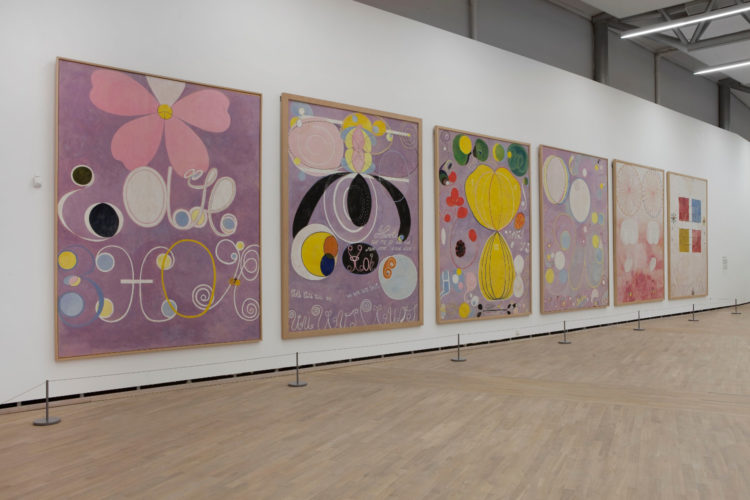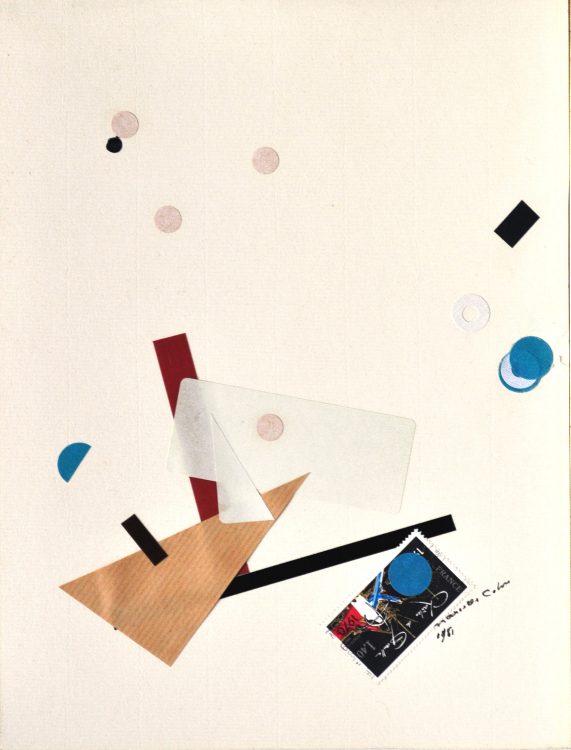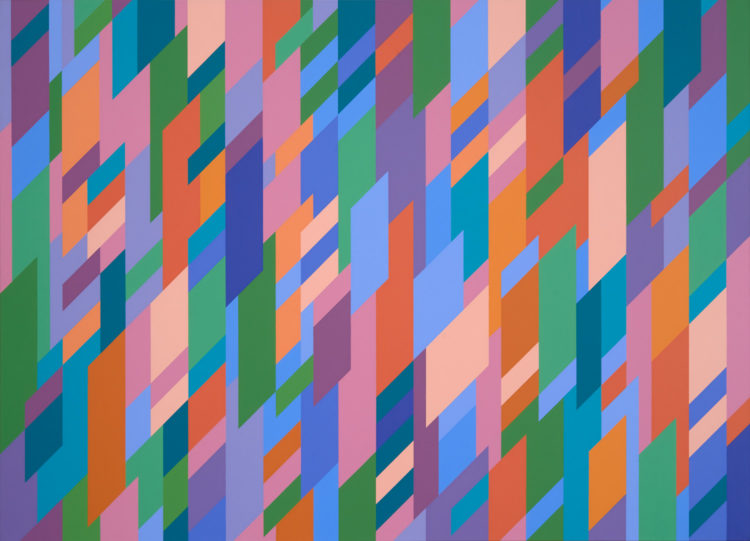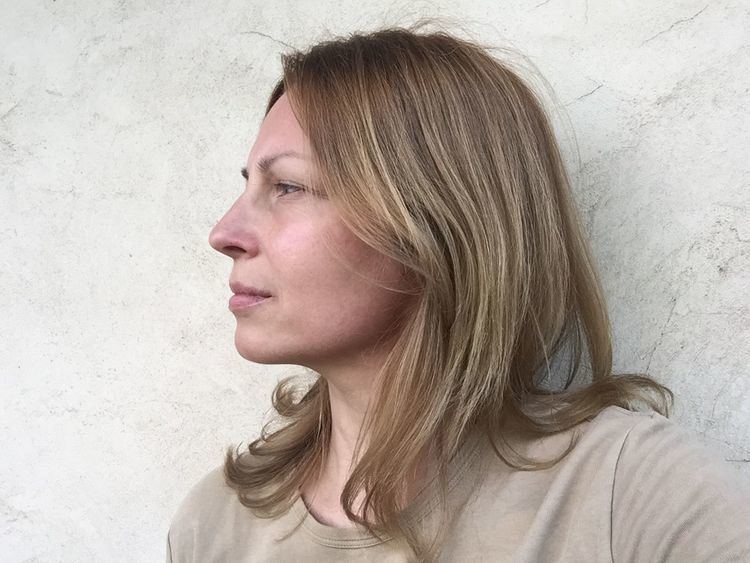Kazimiera Zimblytė
Kazės Zimblytės abstrakcijos: tarp nuotaikų ir pasaulio [Kazė Zimblytė’s abstraction: between moods and the world], Lietuvos nacionalinis dailės muziejus (Pamario galerija) [National Museum of Lituania (Galerie Pamario)], Juodkrantė, 07 June–29 September, 2024
→Kazimiera Zimblytė (1933-1999). 7 dešimtmetis [Kazimiera Zimblytė (1933-1999). The 1960’s], Nacionalinė dailės galerija [National Art Gallery], Vilnius, 26 November, 2014–29 March, 2015
→Kazimieros Zimblytės personalinė paroda [Personal exhibition of Kazimiera Zimblytė], Vaga publishing house, Vilnius, 1968
Lithuanian multidisciplinary artist.
Kazimiera Zimblytė was one of Lithuania’s first abstract woman artists, and grew up at Lokinė Manor (in the district of Ukmergė), where her family worked. The aristocratic owners of the property were committed to the idea of educating their employees, so it was there that the young K. Zimblytė began to read and learn Polish and French. In 1950s Soviet-occupied Lithuania, society was dominated by patriarchal values: illustration, ceramics and textile art were so-called ‘feminine’ disciplines, while painting and sculpture remained the preserve of men. K. Zimblytė’s application to study painting at the National Institute of Art of the Lithuanian Soviet Socialist Republic (now the Vilnius Academy of Arts) was, like many other applications from women students, rejected. From 1952 to 1959, she thus pursued a course in textiles at the school.
Following her studies she took part in a number of national and international exhibitions of applied arts that brought together works by woman artists from across the Soviet socialist republics. But the medium did not allow her the expressive freedom she craved, and K. Zimblytė turned to a mode of expression forbidden under Soviet ideology: abstraction. It was considered a ‘bourgeois’ artform and a result of the nefarious influence of Western culture, and the artist’s first exhibition of abstract works at the Vaga publishing house in 1968 caused such a scandal that it was removed a day after it opened. In defiance of the bans, K. Zimblytė’s name began to circulate in clandestine cultural milieux, in Lithuania and further afield in Moscow. It was only after the fall of the Soviet Union that its abstract artists were able to show their work in public, and K. Zimblytė’s first solo exhibition took place in 1988, as Lithuania worked to restore its independence.
The figurative traits of the artist’s early work in the 1960s, reminiscent of folk-art, rapidly evolved towards abstraction. In the 1970s and 1980s K. Zimblytė worked primarily in shades of blue and green, transitioning to palettes of monochrome blacks, browns and whites towards the end of the 1990s. She used a variety of materials in her work, experimenting with the superposition of layers and textures.
K. Zimblytė’s paintings reveal her interest in the evocative power of colours and their effects on the emotions, in the interaction of plane and depth and the tensions at play between them. Her graphic language restricts itself to a minimalist means of expression: colour, rhythm, surface and depth. In Erdvė [Space, 1991] the artist creates an impression of space through collage: at the centre of a flat white surface, another, deeper space opens – a door to the unknown. Her abstract works contain successions of geometric figures that suggest motion and represent the flux of emotions, as in the series In memoriam (1980–1988).
These works contributed to the modernisation of painting in Lithuania in the second half of the 20th century. Though abstract art eventually regained its right to exist, and the artist was able to organise a few solo exhibitions, she knew only modest success in her lifetime, and died in poverty and solitude. K. Zimblytė’s works are held in the Lithuanian National Museum of Art, the MO muziejus and in private collections.
A biography produced in partnership with Artnews.lt and Echo Gone Wrong within the scope of the season of Lithuania in France 2024.
© Archives of Women Artists, Research and Exhibitions, 2024





















